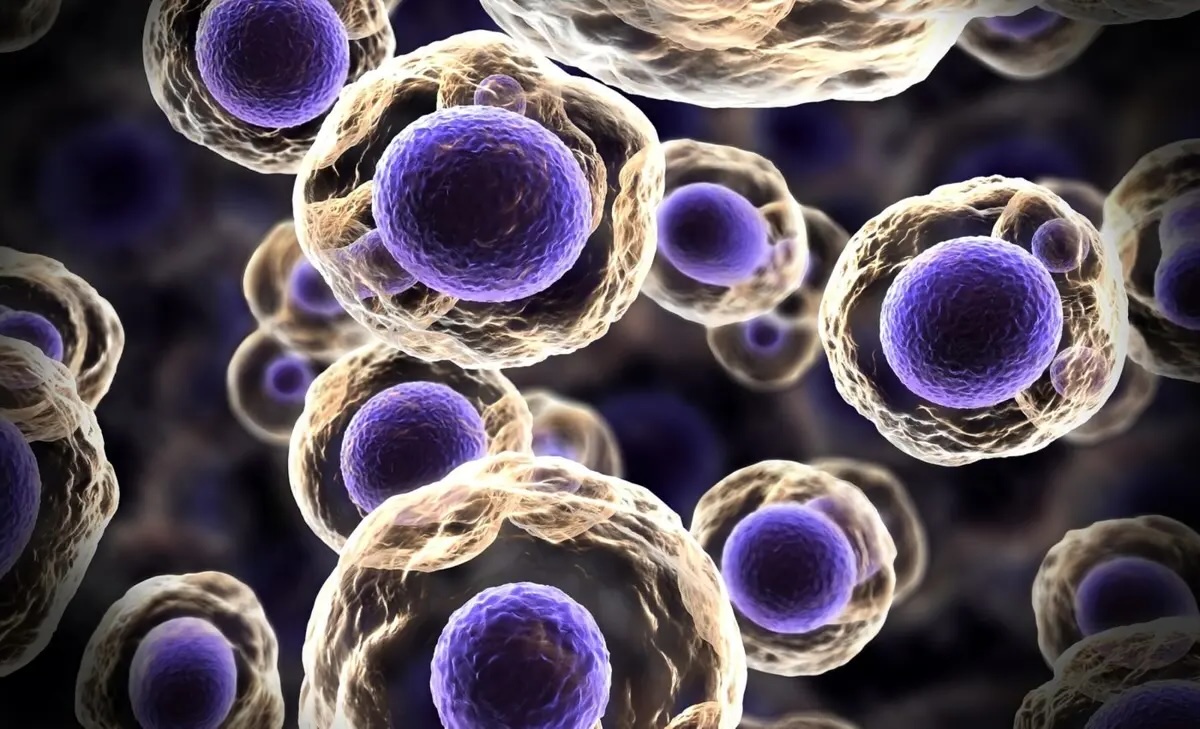
Nuclei are the tiny powerhouses at the heart of every atom, holding the secrets of the universe. But what exactly makes them so special? Nuclei are composed of protons and neutrons, collectively known as nucleons. These nucleons are held together by the strong nuclear force, one of the four fundamental forces of nature. This force is incredibly powerful, overcoming the repulsive force between positively charged protons. The number of protons in a nucleus determines the element, while the number of neutrons can vary, creating different isotopes. Understanding nuclei helps us grasp everything from the energy produced in stars to the principles behind nuclear power and medical imaging. Ready to dive into the fascinating world of nuclei? Let's explore 32 intriguing facts that will expand your knowledge and spark your curiosity!
What Are Nuclei?
Nuclei are the central part of atoms, containing protons and neutrons. They play a crucial role in the structure of matter and the universe. Let's dive into some fascinating facts about nuclei.
-
The nucleus was discovered by Ernest Rutherford in 1911 during his gold foil experiment.
-
Protons and neutrons in the nucleus are collectively called nucleons.
-
The number of protons in a nucleus determines the element's atomic number.
-
Neutrons help stabilize the nucleus by offsetting the repulsive forces between protons.
-
Hydrogen-1 is the only element with a nucleus containing just one proton and no neutrons.
Structure and Composition of Nuclei
Understanding the structure and composition of nuclei helps us grasp how elements form and interact. Here are some intriguing details.
-
Nuclei are held together by the strong nuclear force, one of the four fundamental forces of nature.
-
The size of a nucleus is incredibly small, typically around 1.75 femtometers for a hydrogen nucleus.
-
The mass of a nucleus is almost entirely due to its protons and neutrons, as electrons have negligible mass.
-
Isotopes are variants of elements with the same number of protons but different numbers of neutrons.
-
The binding energy of a nucleus is the energy required to disassemble it into individual protons and neutrons.
Nuclear Reactions and Energy
Nuclear reactions release vast amounts of energy, which can be harnessed for various applications. Let's explore some key facts.
-
Nuclear fission is the process of splitting a heavy nucleus into two lighter nuclei, releasing energy.
-
Nuclear fusion involves combining two light nuclei to form a heavier nucleus, also releasing energy.
-
The sun's energy comes from nuclear fusion, where hydrogen nuclei fuse to form helium.
-
Nuclear reactors use controlled fission reactions to generate electricity.
-
The first controlled nuclear chain reaction was achieved by Enrico Fermi in 1942.
Applications of Nuclear Science
Nuclear science has numerous applications in medicine, industry, and research. Here are some examples.
-
Radioisotopes are used in medical imaging and cancer treatment.
-
Nuclear technology is employed in food irradiation to kill bacteria and extend shelf life.
-
Carbon-14 dating helps archaeologists determine the age of ancient artifacts.
-
Nuclear submarines can operate underwater for long periods without refueling.
-
Particle accelerators use nuclei to study fundamental particles and forces.
Safety and Environmental Impact
While nuclear technology offers many benefits, it also poses safety and environmental challenges. Let's look at some important considerations.
-
Nuclear power plants produce radioactive waste that must be carefully managed.
-
The Chernobyl disaster in 1986 highlighted the potential dangers of nuclear power.
-
Nuclear weapons testing has led to long-term environmental contamination.
-
Radiation exposure can cause serious health effects, including cancer.
-
Advances in nuclear safety technology aim to minimize the risk of accidents.
Fun and Surprising Facts
Nuclei can also be fun and surprising. Here are some lesser-known facts that might pique your interest.
-
The heaviest naturally occurring element is uranium, with an atomic number of 92.
-
Superheavy elements with atomic numbers above 104 are created in laboratories.
-
The concept of "magic numbers" refers to nuclei with a specific number of protons or neutrons that are more stable.
-
The nucleus of an atom can exhibit different shapes, such as spherical, prolate, or oblate.
-
Some nuclei can exist in excited states, known as isomers, with higher energy than their ground state.
-
The discovery of the neutron by James Chadwick in 1932 revolutionized our understanding of the nucleus.
-
The study of nuclei and nuclear reactions is known as nuclear physics, a field that continues to evolve and expand our knowledge of the universe.
The Heart of the Atom
Nuclei are the tiny powerhouses at the center of every atom. They hold protons and neutrons together with an incredible force. Without them, atoms wouldn't exist, and neither would we. Understanding nuclei helps us grasp the basics of chemistry, physics, and even the universe's origins. From nuclear energy to medical imaging, their applications are vast and impactful.
Learning about nuclei isn't just for scientists. It's for anyone curious about how the world works. Knowing these 32 facts gives you a peek into the fundamental building blocks of matter. Whether you're a student, a teacher, or just someone who loves science, these facts can spark curiosity and inspire further exploration. So next time you think about atoms, remember the nucleus—small but mighty, and essential to everything around us.
Was this page helpful?
Our commitment to delivering trustworthy and engaging content is at the heart of what we do. Each fact on our site is contributed by real users like you, bringing a wealth of diverse insights and information. To ensure the highest standards of accuracy and reliability, our dedicated editors meticulously review each submission. This process guarantees that the facts we share are not only fascinating but also credible. Trust in our commitment to quality and authenticity as you explore and learn with us.
